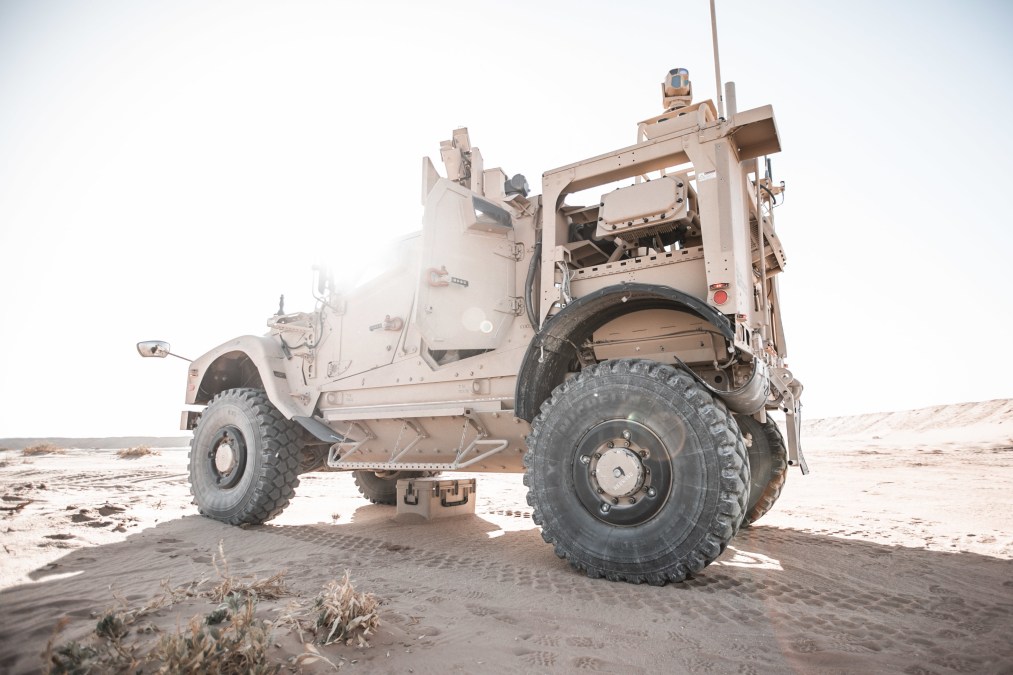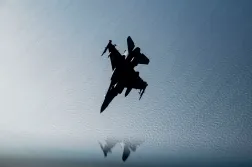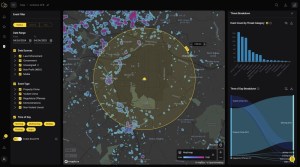Marines looking for new counter-drone tech

The Marine Corps is hunting for new tech that could block enemy drones from attacking friendly forces, the service indicated in a request for information.
The corps is looking for new “interceptors,” projectiles that would hit incoming drones, that would be highly connected to a range of military networks. The type of drones the Marines want the system to defend against range from a few pounds to more than 1,300.
The request for information is a part of the military’s broad strategy to defeat the new kind of threat that strategists expect to be used more frequently in more conflicts.
“The exponential growth of small unmanned aircraft systems (sUAS) creates new risks for the Department of Defense,” the DOD’s strategy states. “Technology trends are dramatically transforming legitimate applications of sUAS while simultaneously making them increasingly capable weapons in the hands of state actors, non-state actors, and criminals.”
The interceptors the Marine Corps are requesting information on would be a part of Marine Air Defense Integrated System (MADIS), an anti-drone system mounted to a tactical vehicle to protect troops. The interceptors would need to be able to integrate into a broader MADIS upgrade that corrects to a host of radar and tactical networks to detect and track incoming threats, according to the RFI.
The RFI indicates interest from the Marines in how many “engagements” an interceptor payload cold have. While the RFI does not mention it, one of the vexing challenges for countering small drones is when they are integrated into artificial intelligence systems that can have the drones attack in swarms.
“Swarms of sUAS operating independently or augmented with manned systems, facial recognition algorithms, and high-speed digital communication networks, such as fifth generation cellular networks, will create new levels of complexity,” the DOD states in its strategy for small unmanned aircraft systems.






